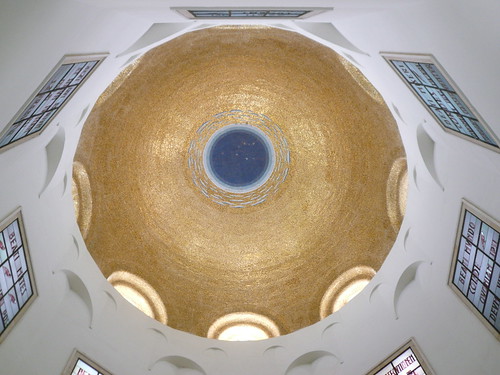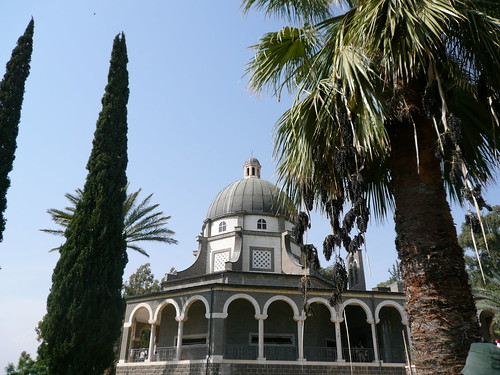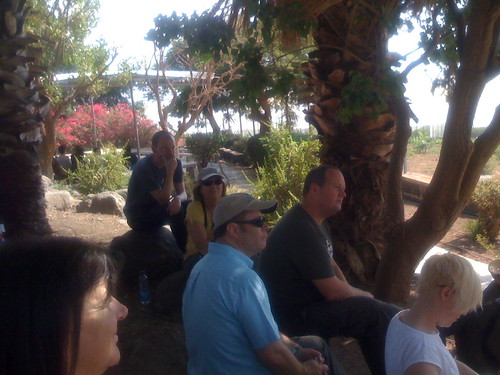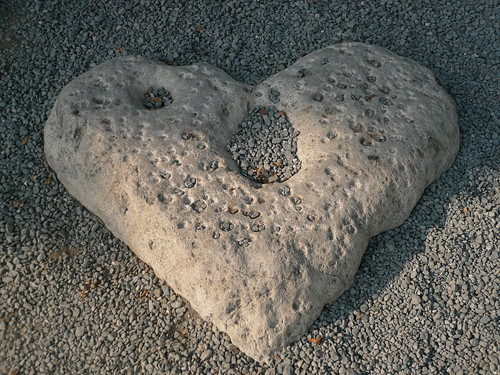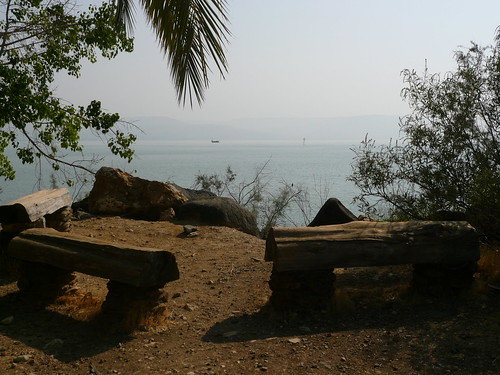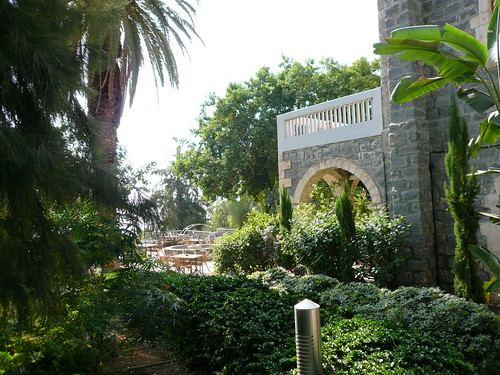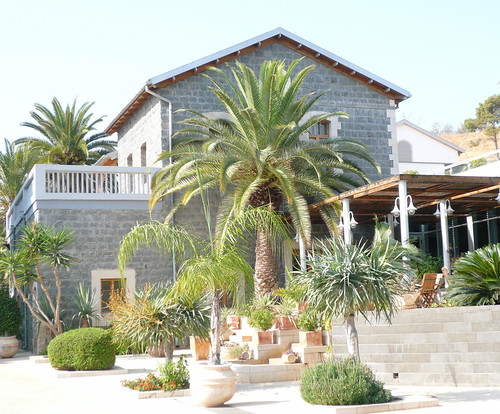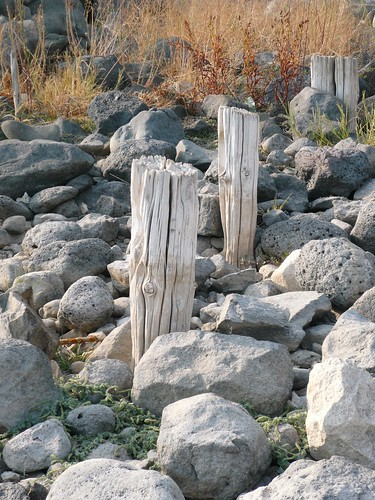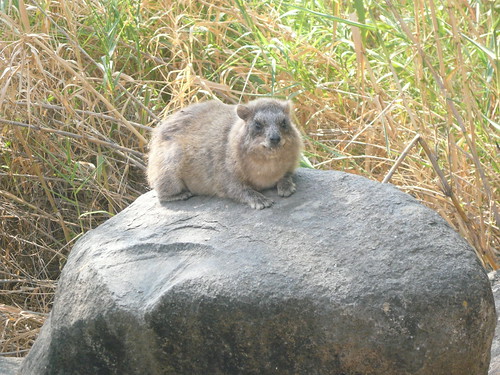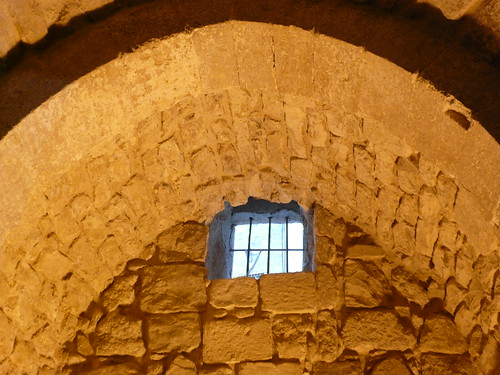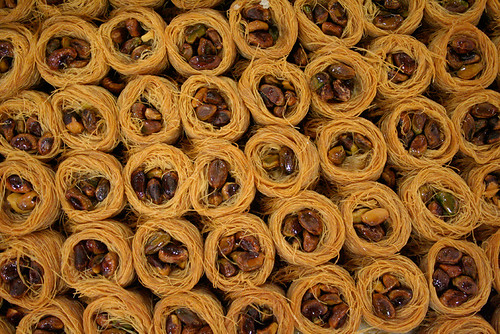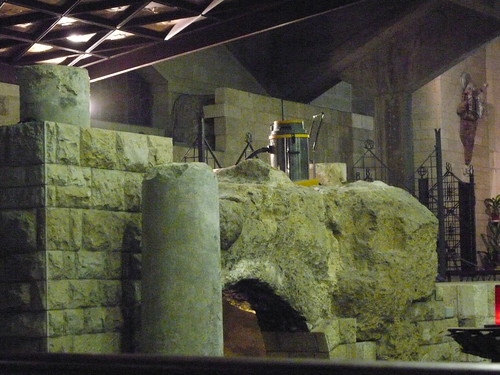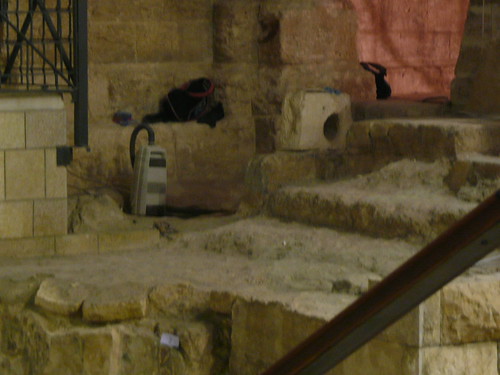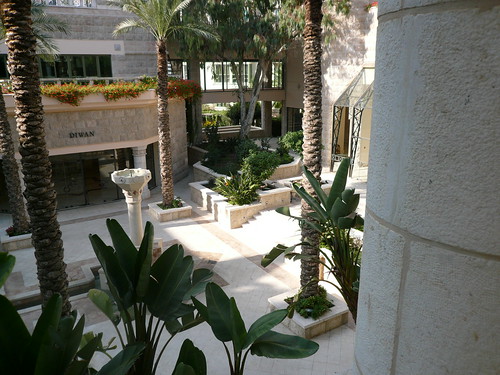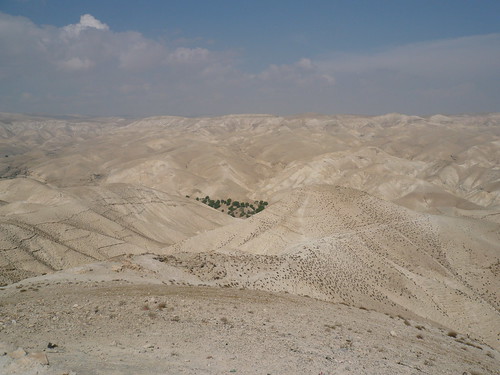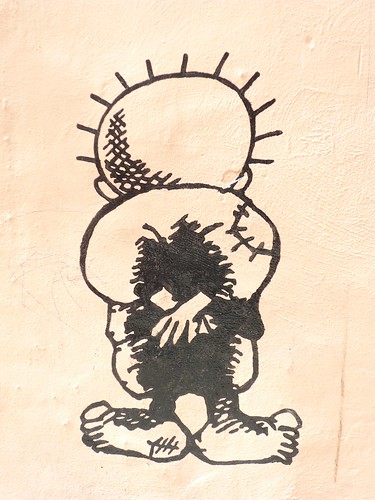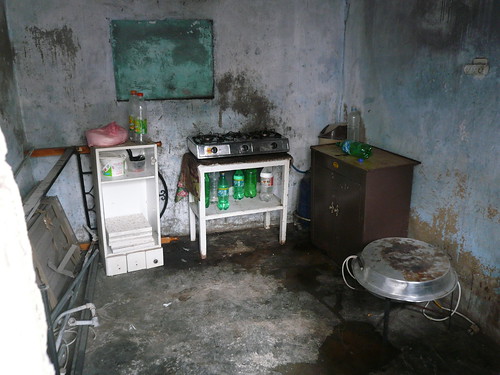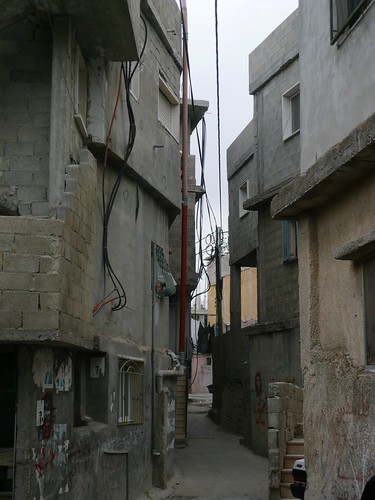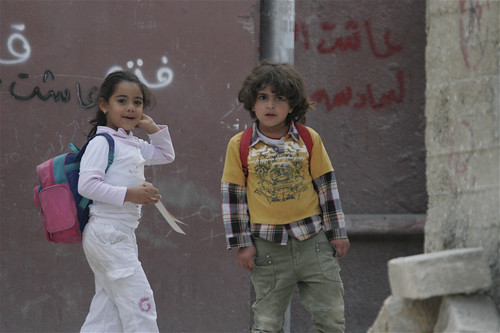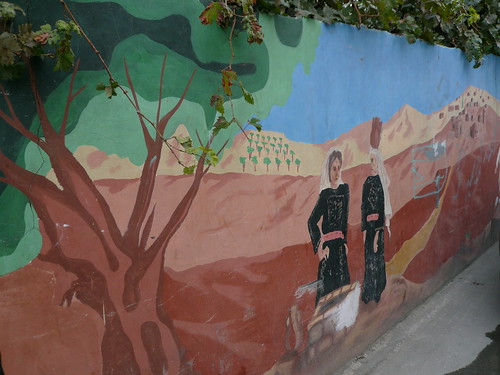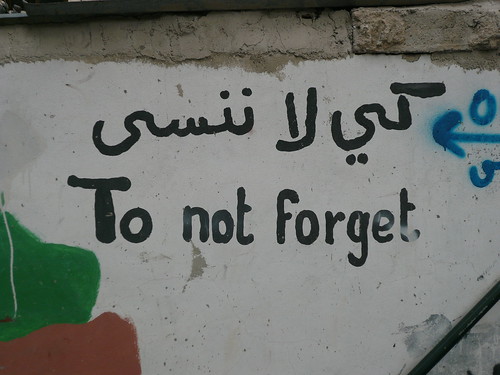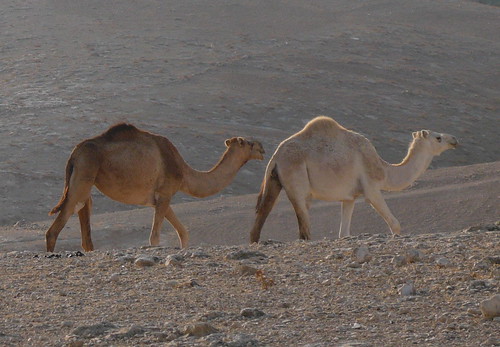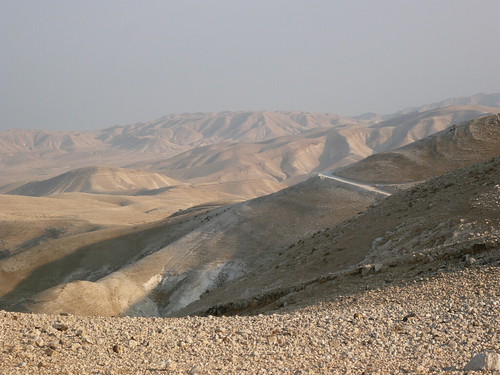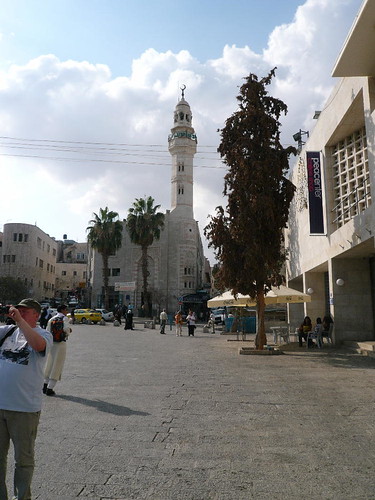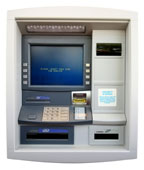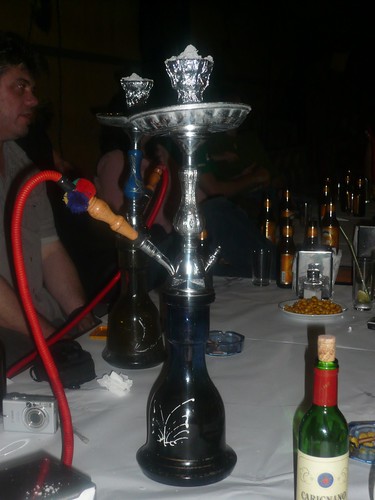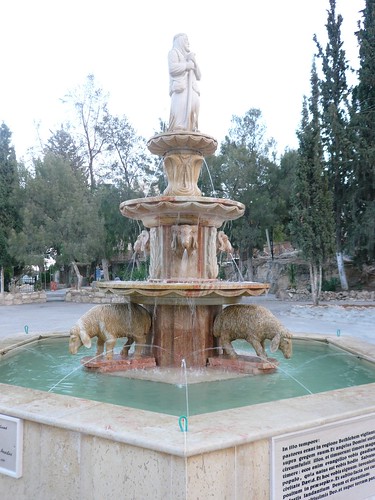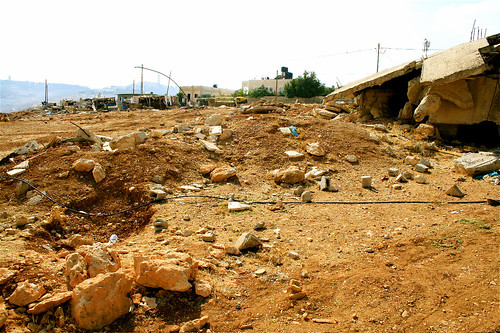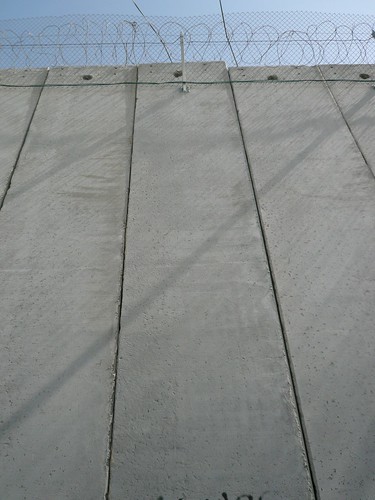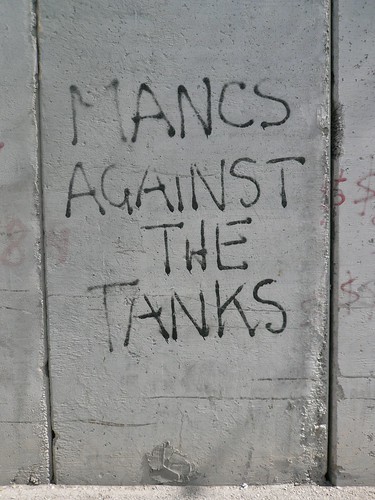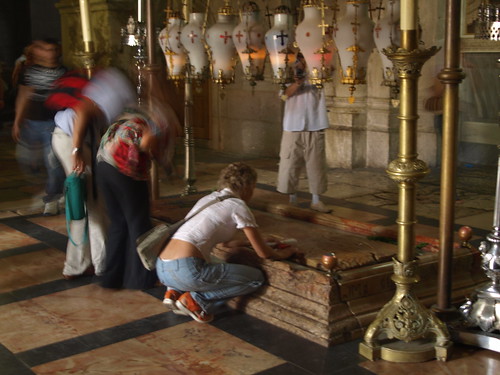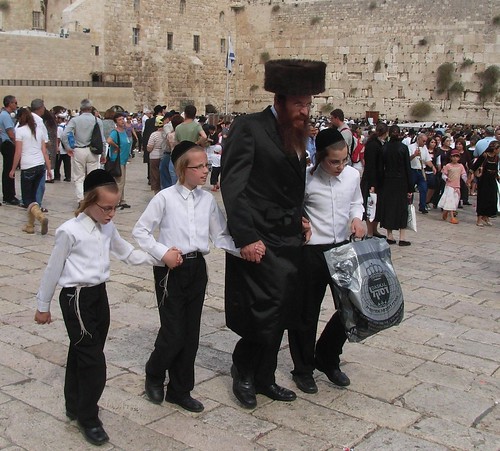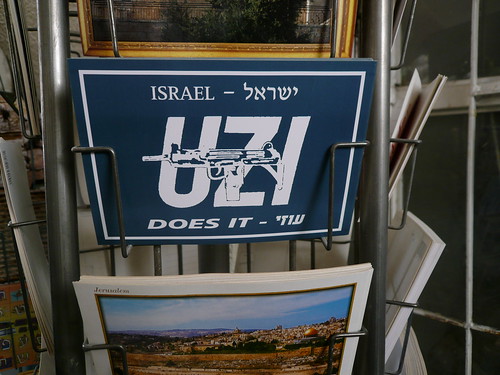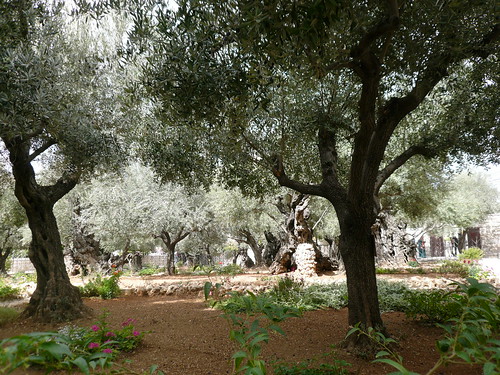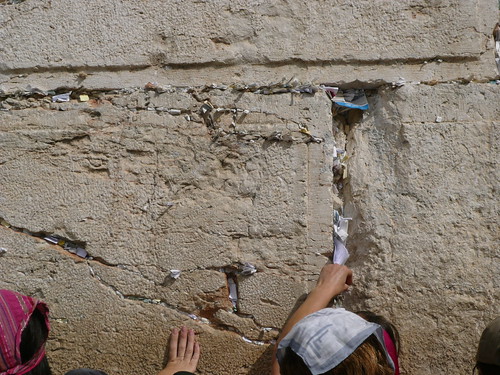
An earlier start then ever this morning as Hebron is our destination. Specifically we hope to visit the Tomb of the Patriarchs – traditionally regarded as the burial site of Abraham and Sarah, Isaac and Rebekah and Jacob and Leah.
Now you might notice something there. This appears to be the burial place of as many matriarchs as patriarchs. Hmmmmm...
Anyway (fittingly, leaving that observation as a side note in this tale)...Hebron is home to around 166,000 Palestinians and around 500 Jewish Settlers. The city currently exists in two parts, H1 and H2. In very simplistic terms, under the Hebron Protocol of 1997, the IDF withdrew from H1 and elements of powers and responsibilities (including policing of internal security and public order) were transferred to Palestinian control. Israeli forces still fully control H2 and continue to carry responsibility for the security of all Israelis in either sector (a situation which on one hand can be seen as continued control, on the other an understandable desire if you feel that security cannot otherwise be suitably guaranteed).
We alight from the coach and continue our journey on foot through the bustling streets of modern H2. As we head further into the older area the crowds thin considerably and by the time we pass into the old market that leads to the H1/H2 boundary and checkpoint, individuals are thin on the ground.
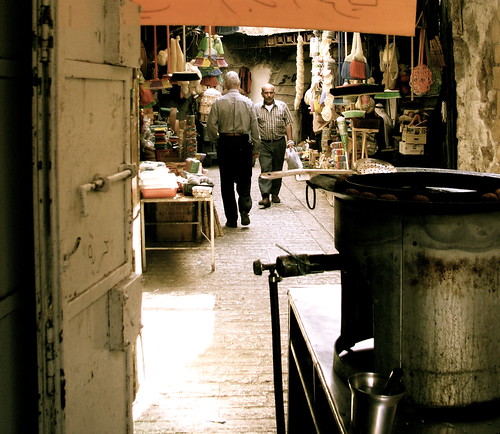
Once a thriving commercial district with the tiny shops each worth immense sums, shopkeepers tells us that now days go by without a sale.
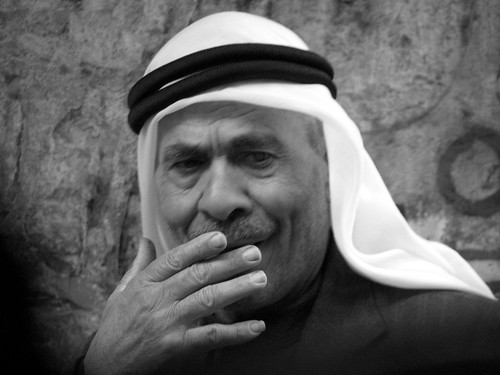
Above the ground floor shops, upper floor properties have been taken (by fair means and foul) by Israeli settlers. Israeli armed guards watch from their first floor emplacement at the mouth to the market a threatening and intimidating presence monitoring the comings and goings below.
As we walk through the narrow market lane we're aware of makeshift wire mesh errected just above head height.
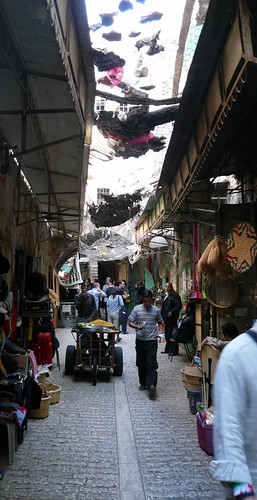
The assorted debris collecting on these depressing fishing nets, confirm what the shopkeepers tell us when we ask about the purpose of the mesh, the settlers above throw all sorts of waste matter onto the heads of the Palestinians below.
The sight of this rubbish encrusted wirework stops me in my emotional tracks. More than anything I have seen so far this appals me and at the time I'm not entirely clear why.
A fellow observer suggests it's because it goes beyond squabbles over land rights or religious differences and speaks of one people group actively treating another people group as vermin.
I think this explains a great deal of why this indignity hits me so forcefully; it's so direct and personal; so devoid of any sense of innate human sanctity. This is not a wall of concrete devised in committee room, designed on structural engineering software, realised by construction firms, secured by kids completing their national service and following orders. This is about individuals choosing to throw their personal waste matter onto the heads of other people below, in an act of unfathomable intimidation and degradation.
If this were not explanation enough for the lack of business these days, the lane finishes in a tunnel like facility with turnstiles, which forms the first element of the checkpoint at the H1/H2 boundary. Even with European passports in hand, the passage is intimidating (although in the final section the constant peep of the metal detector as we walk through the body scanner is systematically ignored).
Out into daylight at the other end, our progress is halted by soldiers. We stand adjacent to the Tomb of the Patriachs building (these days the larger part of which forms the Ibrihimi Mosque and the other part a Jewish synagogue), but we will not be allowed to enter or travel into H2.
With a Jewish holy day in process, the Israelis have placed the whole of H2 under military curfew for 24 hours. Palestinians are confined to their homes, whilst we watch Jewish families wander unimpeded down empty streets. I guess the argument is that the risk of terrorist action is heightened on such a day, but to effectively place so many thousands under house arrest seems a very blunt and indiscriminate security tool.
As we stand in the shadow of the building, our guides quietly tell us something of what it’s like to live in Hebron under these restrictions and something of the history.
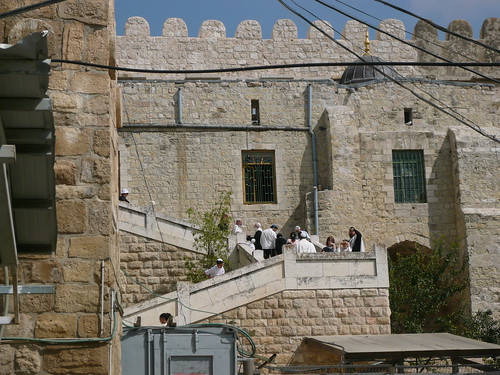
Suddenly the patience of the soldiers ends, perhaps they become aware that this strange group of sightsee-ers seem to have a lot to talk about in hushed tones as they look up at the synagogue/mosque and across to the H2 streets. A stern, urgent order is issued and we have to immediately move back into the tunnel and return to H1.
The mood of the group is notably subdued. Hebron has perhaps given us the most sobering of experiences so far. In many ways it all seems so bleak, but even here there are small signs of hope.
We meet local people working for peace and justice; a
women's cooperative sells beautiful hand crafted textiles and embroidery, our guides are a South African and European volunteering with a Christian organisation providing international escorting and observatory services on the ground (helping kids get to their schools un-harassed and without in turn harassing others, escorting farmers to their olive groves at harvest time when they are prey to settler violence etc).
I wish I could say that it's the sight of
finely embroidered purses that I'll take away with me, but in reality I know it's rubbish on wire mesh that will live on in my head.


